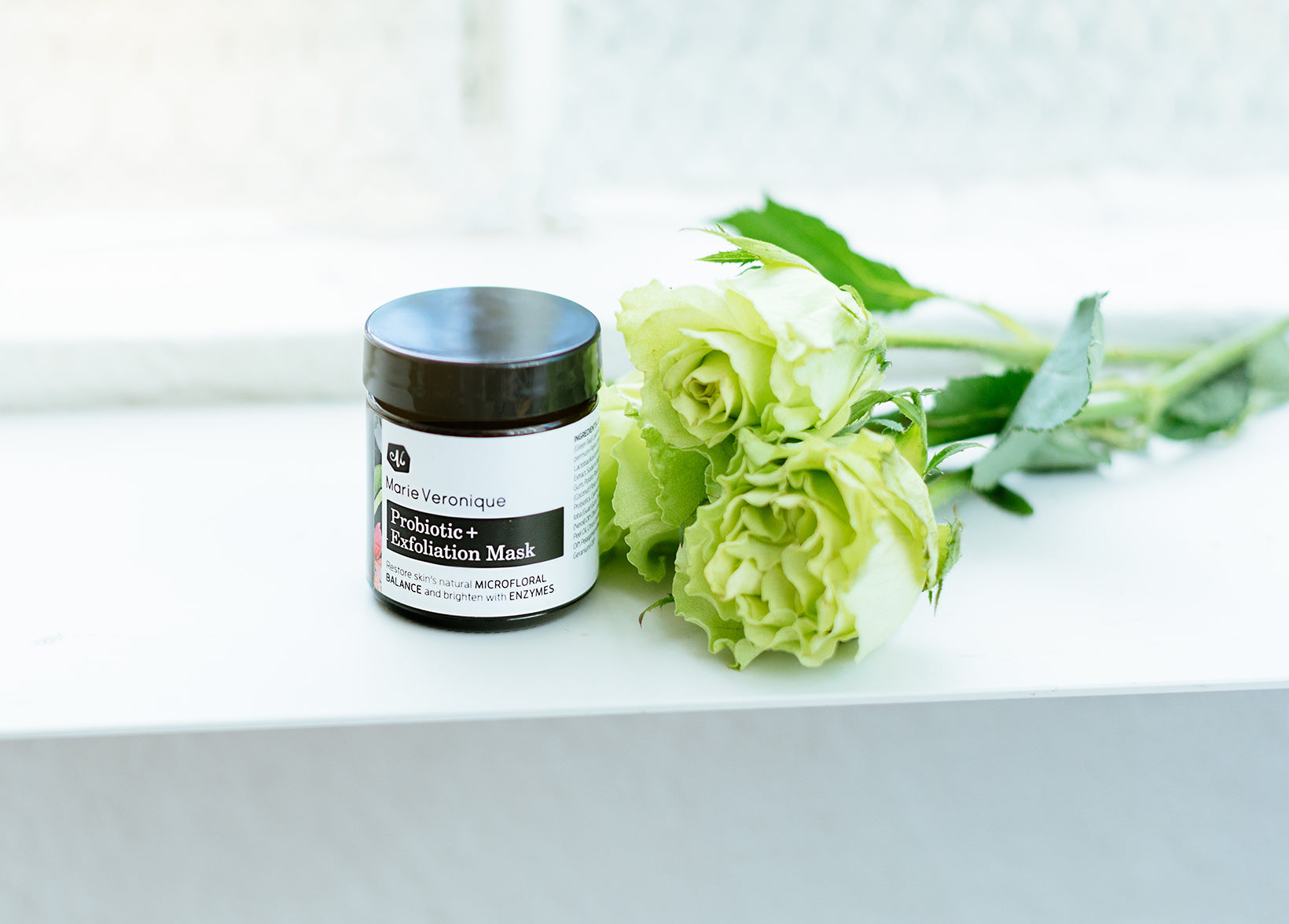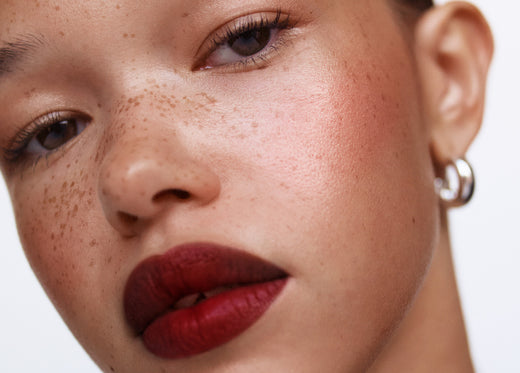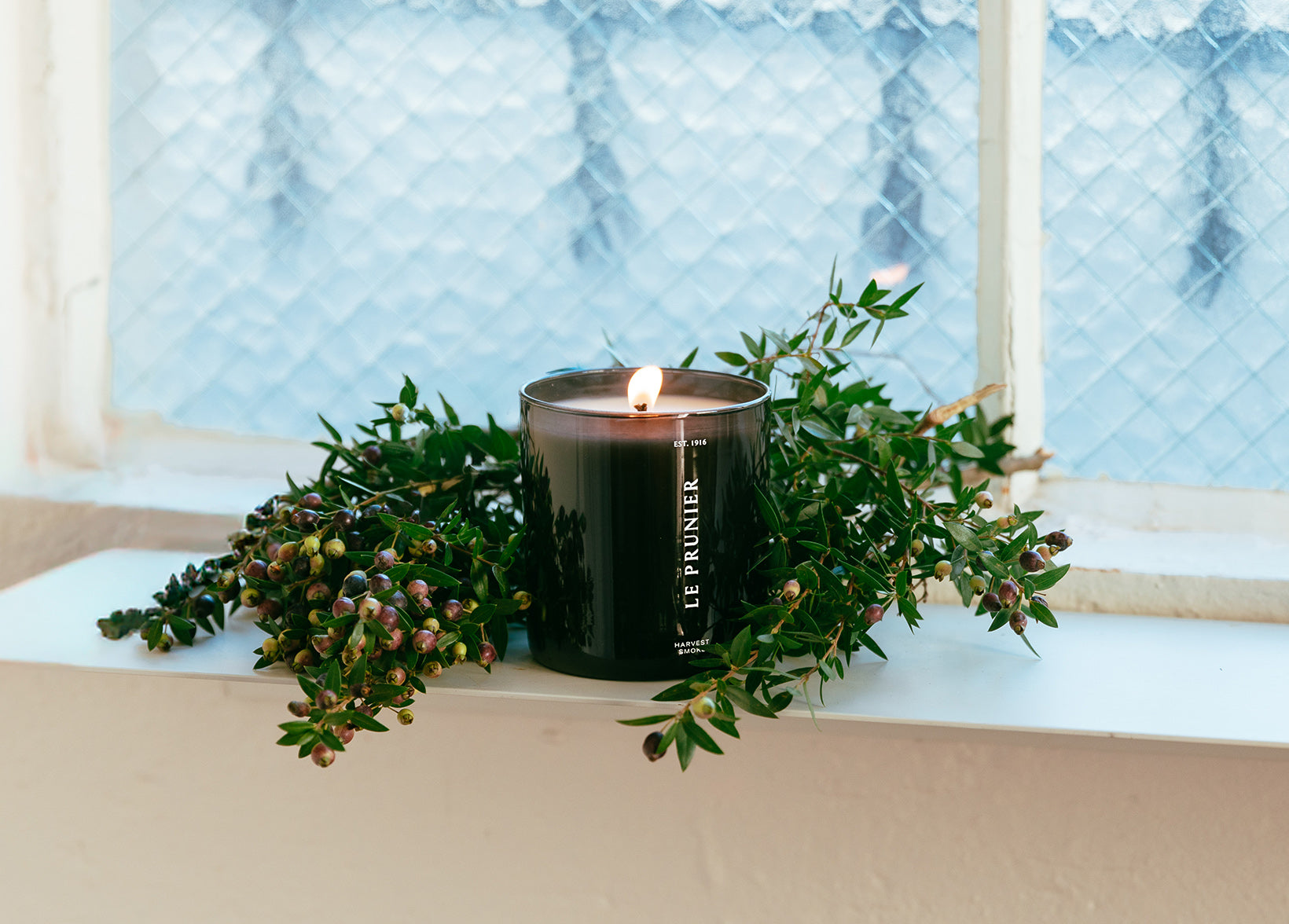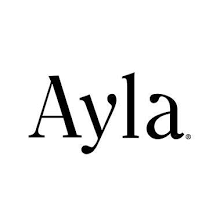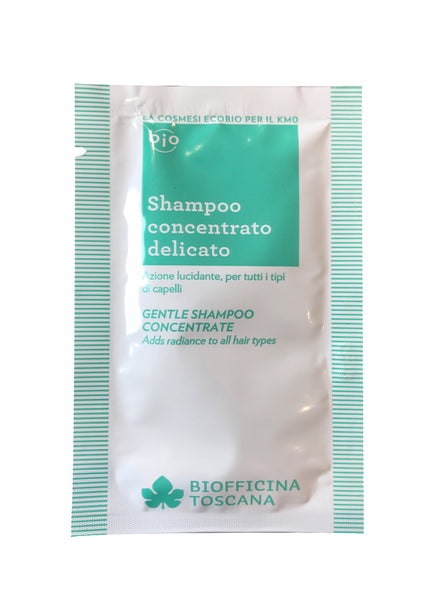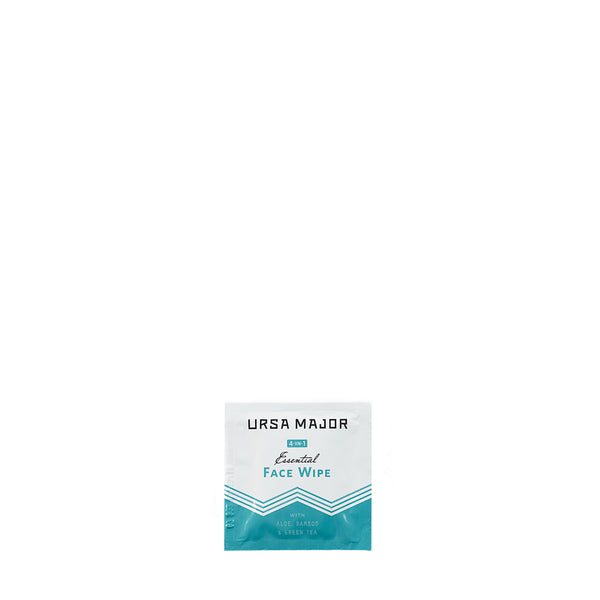Recent Articles

This week, while I was rescheduling a video consultation, I received an email from a lovely lady asking for my thoughts on product pilling. This email made me think that while formulators are well aware of what causes product pilling and what can be done to avoid it, most of the general public are left in the dark, so today I am going to try to address this and share some tips with you that might come handy.
Pilling: what is it?
I like to compare product pilling to when we use an eraser to cancel something we wrote with a pencil. The rubber bits left on the paper look and feel so similar to the ones some skincare products leave on our skin.
What causes it?
The main culprits are products containing molecules that can be classified as film formers. The most common ones are polymers (seen on the label as copolymers or crosspolymers), silicones (often used in water-resistant SPF products and foundations), pullulan (in natural lifting products), and even the omnipresent hyaluronic acid, hydrolyzed collagen, aloe vera gel, and mineral oil, among many others.
What can we do about it?
Since it is so difficult to avoid most of these common ingredients (and in some cases, you may not want to avoid them), it is worth to try the following:
- Apply less product, or apply the product in two separate moments.
- Observe any potential pilling in every individual product; sometimes it is caused by the combination of several products that contain film formers.
- Apply a small amount of oil or serum before applying the product that causes pilling. Pilling happens frequently when your skin is dry and absorbs every product instantly.
While product pilling is nothing serious, it can affect the performance and results of your skincare routine, so it is worth paying attention to this issue.
- Pedro

